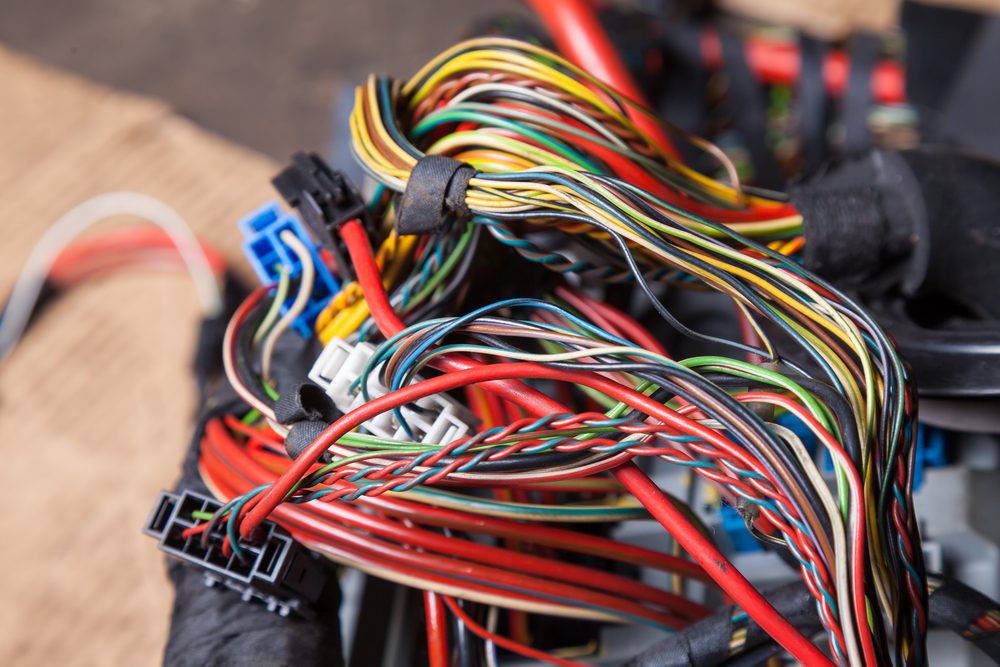How does climate control work in a car
A concise overview
Climate control in a car is a system designed to regulate the temperature, airflow, and humidity within the vehicle’s cabin. It aims to provide a comfortable and pleasant driving experience for occupants, regardless of external weather conditions. This system utilizes various components, such as sensors, actuators, and a control unit, which work together to maintain the desired climate settings.
Introduction
Whether it’s a scorching summer day or a chilly winter evening, having a well-functioning climate control system in your car can significantly enhance your comfort during the journey. The technology behind automotive climate control has evolved over the years, offering advanced features to ensure a pleasant driving experience.
The Components
The climate control system in a car consists of several key components that work together to provide the desired climate conditions. These components include:
Sensors: To gauge the temperature inside the cabin, climate control systems employ temperature sensors strategically placed around the vehicle. These sensors detect changes in temperature and relay the information to the control unit.
Control Unit: The control unit acts as the brain of the climate control system. It receives input from various sensors and uses this information to determine the appropriate actions required to maintain the desired climate settings. The control unit can also be manually adjusted by the driver or passengers.
Actuators: Actuators are responsible for executing the control unit’s commands. They regulate the operation of various components, such as the compressor, fan, and vents. Commonly used actuators include motors, valves, and solenoids.
Compressor: The compressor is a vital component of the climate control system. It pressurizes and circulates the refrigerant, which plays a crucial role in cooling the air within the cabin. The compressor is driven by the engine’s crankshaft.
Evaporator: The evaporator coil is located inside the dashboard and is responsible for cooling the air before it enters the cabin. As the refrigerant flows through the evaporator, it absorbs heat from the passing air, thus reducing its temperature.
Condenser: The condenser is typically positioned at the front of the vehicle, behind the grille or radiator. It acts as a heat exchanger, dissipating the heat absorbed by the refrigerant in the evaporator. This process cools down the refrigerant, readying it for the next cycle.
The Process
The climate control system follows a series of steps to maintain the desired temperature and airflow inside the vehicle:
1. Temperature Setting: The driver or passengers set their preferred cabin temperature using the control unit. This can be adjusted via dedicated buttons, knobs, or digital touchscreens located on the dashboard.
2. Sensor Input: Temperature sensors placed within the cabin monitor the ambient temperature and provide feedback to the control unit. The control unit compares the current temperature with the desired setting and determines the required actions to achieve the desired conditions.
3. Control Unit Analysis: Based on the sensor input, the control unit assesses whether the temperature needs adjustment. If the cabin is too warm, the system may activate the compressor to cool down the air. Similarly, if the cabin is too cold, the control unit may direct the system to provide warmer air.
4. Compressor Activation: When cooling is necessary, the control unit signals the compressor to engage. The compressor pressurizes the refrigerant gas, causing its temperature to rise. As the hot refrigerant flows through the condenser, it releases heat and transforms into a liquid state.
5. Expansion Valve: The liquid refrigerant then passes through an expansion valve, causing it to rapidly expand. This expansion reduces its pressure and temperature, making it cold.
6. Evaporator Cooling: The cold refrigerant flows into the evaporator coil, where the cabin air is blown over it. As the refrigerant absorbs heat from the passing air, the air’s temperature decreases, providing a cooling effect. The cooled air is then directed into the cabin through the vents.
7. Blower Fan: A blower fan, controlled by the climate control system, regulates the airflow within the cabin. It pulls air from the outside or recirculates the cabin air, depending on the selected settings. The fan speed can also be adjusted to achieve the desired airflow rate.
8. Automatic Adjustment: Modern climate control systems often include automatic adjustment features. These systems utilize additional sensors, such as sunlight intensity sensors, rain sensors, and humidity sensors, to optimize the climate based on external factors. For example, on a sunny day, the system may increase airflow and adjust vent positions to counteract excessive heat.
It’s fascinating how the various components within a car’s climate control system work in harmony to create a comfortable cabin environment, irrespective of the weather outside.
Additional Features
In addition to the core functionalities, climate control systems in modern cars offer a range of advanced features to enhance passenger comfort. These features may include:
Zoned Climate Control: Some vehicles incorporate zoned climate control, allowing passengers to set individual temperature preferences for different areas of the vehicle. This enables personalized comfort settings for each occupant.
Heated and Ventilated Seats: Many cars now come equipped with heated seats, which provide warmth during cold weather. Ventilated seats, on the other hand, circulate cool air through perforations in the seat, offering a refreshing feel during hot conditions.
Air Purification: Certain climate control systems feature air purification mechanisms that filter out pollutants, dust, and odors from the incoming air. This helps maintain a clean and fresh cabin environment.
Conclusion
Understanding how climate control works in a car allows drivers and passengers to optimize their comfort while traveling. The integration of various components, from sensors to actuators, enables the system to regulate temperature, airflow, and humidity according to individual preferences. With advancements in technology, modern climate control systems offer enhanced features that make every journey a pleasant experience, regardless of external weather conditions.



